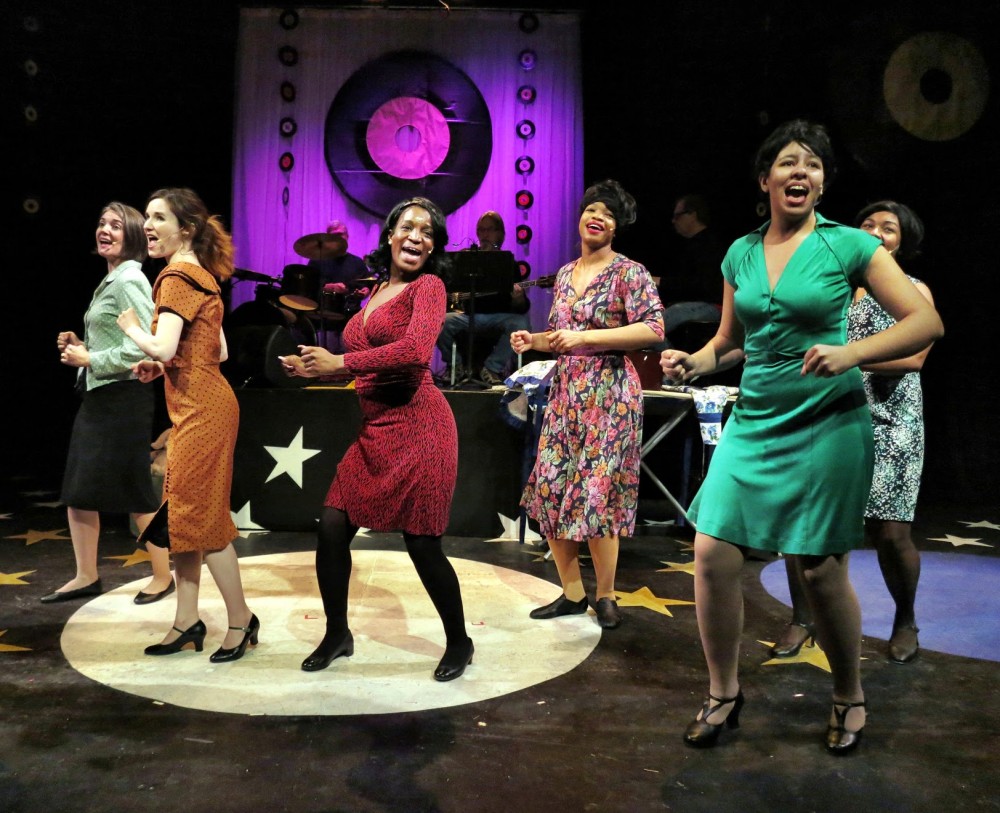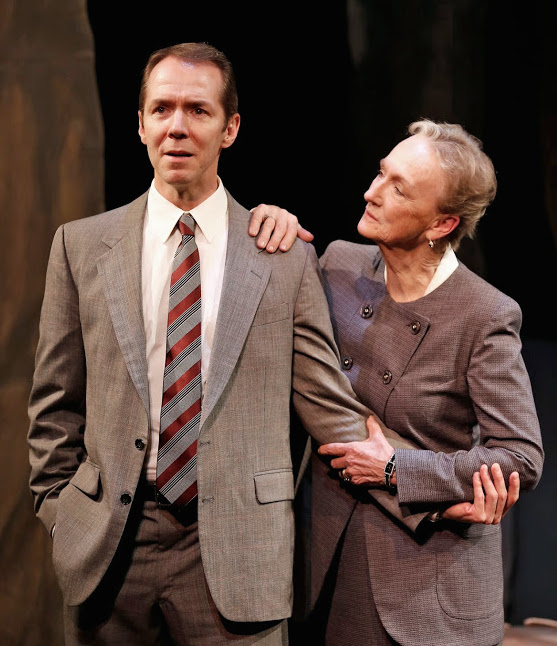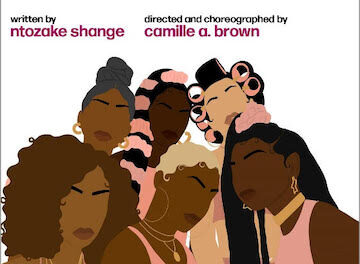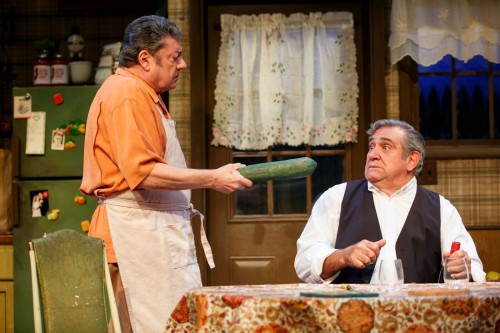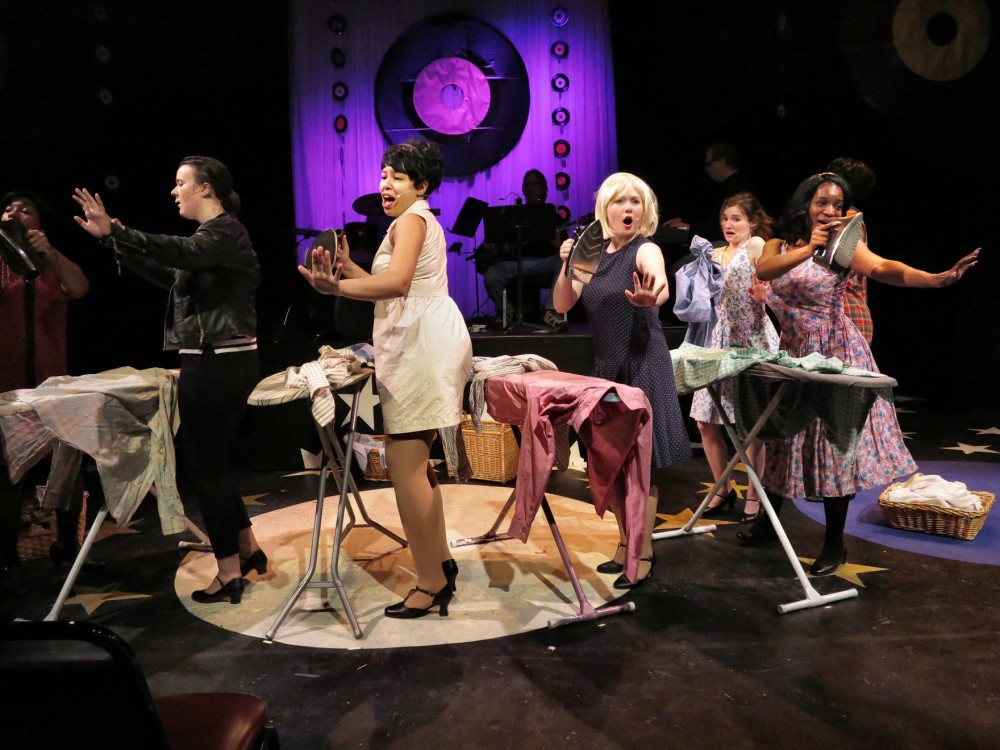
Gretchen Poole, Kalia Lay, Kennedy Jazz, Aigner Michelle, Alexis Miles, Christen Dekie
By Sheila Watko
The year is 1963.; Martin Luther King, Jr. will soon lead one of the country’s largest civil rights demonstrations, the Walk to Freedom, in Detroit, home of Motown Records. The civil rights movement and Motown music are both at the center of Betty & the Belrays, a musical from seven-time Emmy-winning writer and director William Electric Black, currently playing at Theater for the New City through February 17. The show originally ran in 2007, but 2019 seems like the perfect time to bring it back because many of its themes still ring true, 56 years after the action takes place.
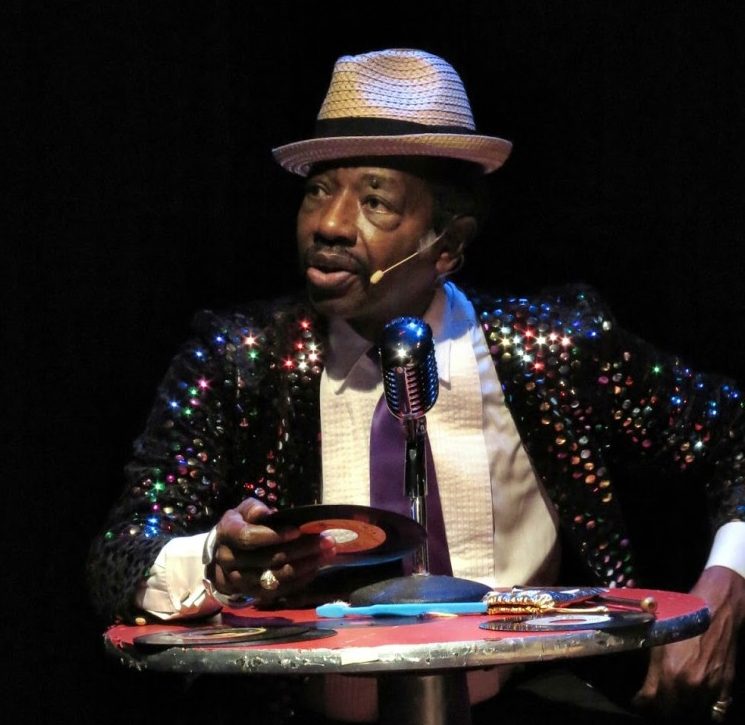

Levern Williams
Betty & the Belrays follows Betty Belarosky, a recent high school graduate who loves listening to the local Motown station and her favorite singer, Joy Jones. Betty decides she wants to sing for a record label owned by an African-American producer, so she puts together a girl group of her own with two other white singers. The girls visit Loretta Jones, Joy’s mother, to ask for vocal lessons. Loretta teaches the girls how to sing but, more importantly, she teaches them how crucial the civil rights movement is. As Betty & the Belrays climb the charts, Betty tries to use her songs to integrate the community, but she realizes that music alone cannot repair a racially-divided society.


Alex Welch, Paulina Breeze, Kalia Lay
The show starts with the bang as radio host Sam the Beat, played by Levern Williams, cracks the mic. Every time Williams steps onstage, I really feel like I’m watching an old-school radio broadcast—his stage presence is electric and takes the audience back in time. Betty’s parents, played by John Michael Hersey and Gretchen Poole, remind me of the classic “grumpy-but-loving father and practical mother who gave up her sitcom-esque dreams”—and these tropes work to the show’s advantage. Betty is endearingly played by Paulina Breeze. Breeze gracefully handles her character’s transformation from a naive graduate to a young woman determined to fight racism in her community and the country at large. Betty’s fellow girl group members are played by Alexandra Welch and Kalia Lay. As Zipgun (later shortened to Zippy), Welch embodies a tough, switchblade-waving tomboy with plenty of wacky one-liners. Lay plays Connie, a boy-crazy goody-two-shoes who serves as the perfect foil to Zippy. Both girls provide comic relief in a show full of heavy content. I was particularly moved by Alexis Myles’ performance as Joy Jones. Joy is a hit on the Motown station with her girl group The LoveJones, but deals with discrimination in her daily life and even within her music; she tells Betty that artists cannot achieve commercial success unless their music is played on mainstream, white-owned stations as well. Myles plays Joy with a strong conviction. When Betty invites Joy and the LoveJones to perform on an American Bandstand-like program, Joy rejects her offer because she wants to be invited based on talent, not because a white artist brought her along. Even when her character isn’t speaking, the audience feels what she’s going through due to Myles’ expressiveness and mannerisms. Aigner Mizzelle plays Joy’s mother, Loretta, and I was deeply touched by her performance, too. Loretta is patient with Betty, Zippy and Connie, but at the same time, I sensed her exhaustion and frustration with a world that is stacked against her and her daughter for no reason other than the color of their skin. Her eyes convey so much emotion—pain, sorrow, hope—and I teared up when she and Myles silently embraced as Joy left to join SNCC (the Student Nonviolent Coordinating Committee, a student protest group).


Lavern Williams – front
The music of Betty & the Belrays—written by Black, Valerie Ghent, and Gary Schreiner—transports the audience right back to the 60s with thirteen original songs. The pop songs, like the adorably silly “All the Kids” and the Belrays’ first hit “Why Oh Why (…the Segregation),” capture the sweet, feminine style of 60s girl bands. The strongest vocal performances come from Mizzelle and Myles. Loretta encourages the Belrays to get in touch with their soulful side, and if you think a song about ironing won’t give you goosebumps, you clearly haven’t heard Mizzelle’s “Lord, Lord, Lord.” To complete the 60s vibe, a live onstage Motown band is led by Schreiner, and every ensemble member twists and mashed-potatoes their hearts outs with choreography by Jeremy Lardieri. One cast member in particular, Kennedy Jazz, caught my eye every time she was onstage. Jazz is a vivacious, high-energy performer who infuses every dance step with her own personality and is a delight to watch.
You have four more chances to catch Betty & the Belrays: February 14, 15 and 16 at 8pm and February 17 at 3pm. It’s a wonderful, important show full of heart that’s suitable for the whole family, especially during a time when the themes of racism, allyship and standing up for what is right are so relevant.
Betty & the Belrays. Through February 17 at Theater for the New City (155 First Avenue, between East 9th and East 10th Streets). www.bettyandthebelrays.com
Photos: Jonathan Slaff


